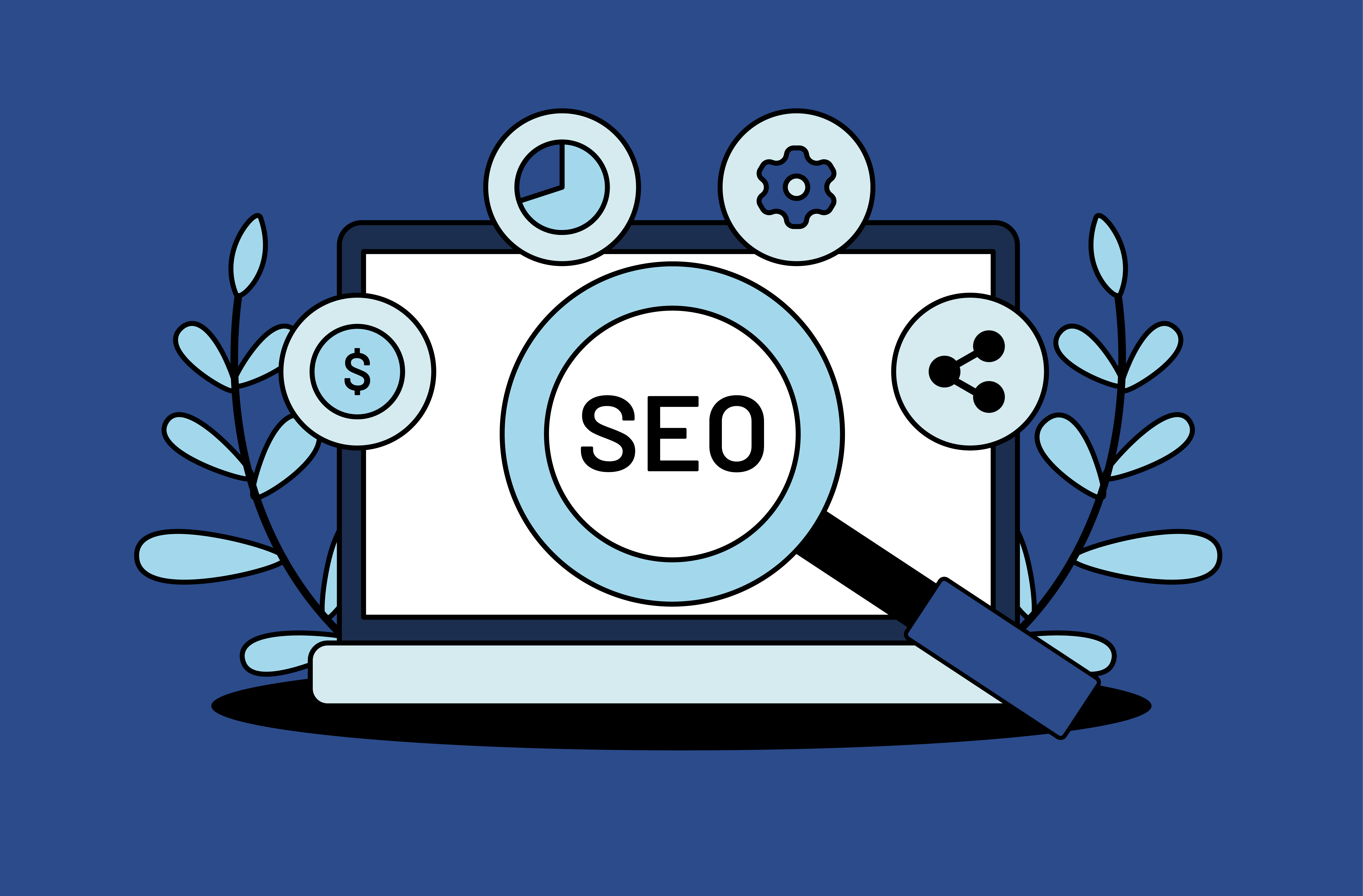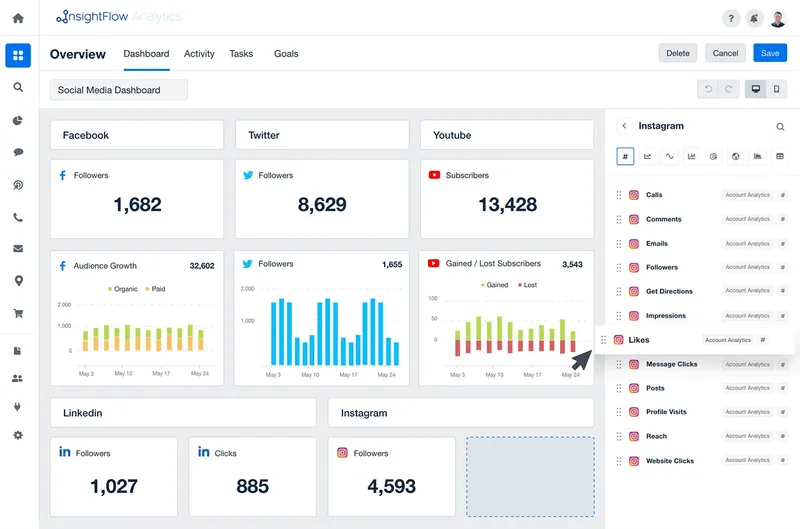As the search engine landscape evolves, user intent has emerged as a vital factor in determining search engine rankings and overall SEO success. Understanding user intent means grasping the reasons behind users’ search queries and anticipating their needs, enabling you to create content that addresses their expectations and ranks higher on search engine results pages (SERPs).
The Importance of User Intent in SEO
User intent, also known as search intent, refers to the purpose behind a user’s search query. In recent years, search engines like Google have placed increased emphasis on user intent when determining search rankings. This shift in focus is primarily due to the following reasons:
- Improved user experience: Search engines aim to provide the best possible experience for users. By prioritizing content that aligns with user intent, search engines can offer more accurate and relevant results.
- Advances in natural language processing (NLP): Search engines have evolved to better understand the context of search queries, making it possible to discern user intent more effectively.
- Rise of voice search and conversational queries: With the growing popularity of voice assistants, users are more likely to pose queries in a conversational manner. Consequently, understanding user intent has become essential for providing accurate search results.
By considering user intent in your SEO strategy, you can create content that better serves your audience, driving more organic traffic, improving user engagement, and increasing conversions.
Types of User Intent
User intent can generally be classified into four main categories. Understanding these categories will help you tailor your content and optimize it for the various types of user intent:
- Informational Intent: Users with informational intent are seeking knowledge or information on a specific topic. Informational queries typically include questions, how-to’s, and general terms related to the topic of interest. Examples include “how to change a tire” or “symptoms of the flu.”
- Navigational Intent: Navigational intent refers to users who are trying to locate a specific website or webpage. These queries usually include brand names, website names, or specific products. Examples include “Facebook login” or “Nike shoes.”
- Transactional Intent: Users with transactional intent have the goal of making a purchase or completing an online transaction. Transactional queries often contain terms like “buy,” “discount,” “price,” or specific product names. Examples include “buy iPhone 13” or “cheap flights to Hawaii.”
- Commercial Investigation: Commercial investigation intent occurs when users want to research and compare products or services before making a decision. These queries often include terms like “best,” “top,” “comparison,” or “review.” Examples include “best laptop for gaming” or “top restaurants in New York.”
Identifying User Intent
Understanding user intent is crucial for optimizing your content to align with user expectations. To identify user intent, consider the following techniques:
- Analyze search queries: Examine the keywords and phrases users employ when searching for content related to your topic. This can help you identify common questions, themes, and interests.
- Study SERP features: Analyze the search results pages for your target keywords. Look for SERP features like featured snippets, “People also ask” boxes, and image or video carousels. These features can provide insights into user intent and help you understand the type of content users are seeking.
- Utilize keyword research tools: Use keyword research tools like Google Keyword Planner, Ahrefs, or SEMrush to gather data on search volume, competition, and related keywords. These tools can help you identify user intent and uncover valuable keyword opportunities.
- Monitor user behavior: Analyze your website analytics to gain insights into user behavior, including popular pages, bounce rates, and average session duration. This information can help you identify patterns and preferences that indicate user intent.
- Conduct surveys and collect feedback: Interact with your audience through surveys, email, or social media to collect feedback and gain a deeper understanding of their needs, preferences, and motivations.
Optimizing Content for User Intent
Once you’ve identified user intent, you can optimize your content to better align with users’ expectations. Consider the following strategies to create content that caters to different types of user intent:
- Informational Intent: For informational queries, focus on providing clear, concise, and accurate information. Use headings and subheadings to organize your content, making it easy for users to locate the information they need. Incorporate relevant keywords, lists, tables, images, and videos to enhance your content’s value and appeal.
- Navigational Intent: To optimize for navigational intent, ensure that your website’s structure is clear and easy to navigate. Include clear calls-to-action, internal links, and a comprehensive menu or site map. Optimize your brand’s online presence, including social media profiles, local listings, and backlinks from authoritative websites.
- Transactional Intent: For transactional queries, focus on creating compelling product descriptions, high-quality images, and easy-to-navigate product pages. Include pricing information, shipping details, and calls-to-action that encourage users to complete their transactions. Optimize your website for mobile devices and ensure a seamless, user-friendly checkout process.
- Commercial Investigation: To cater to commercial investigation intent, create in-depth comparison articles, product reviews, and buyer’s guides that help users make informed decisions. Include clear comparisons, pros and cons, and recommendations based on different use cases or preferences. Incorporate user reviews, testimonials, and social proof to build trust and credibility.
Tips for Aligning Content with User Intent
- Focus on user needs: Create content that addresses the needs and expectations of your target audience. Use language and tone that resonate with your audience and provide actionable insights or solutions.
- Optimize for long-tail keywords: Long-tail keywords often reveal user intent more explicitly than short, generic keywords. Targeting long-tail keywords can help you create content that aligns with user intent and attracts more targeted, high-converting traffic.
- Leverage multimedia: Incorporate different types of media, such as images, videos, and infographics, to engage users and enhance your content’s appeal.
- Be comprehensive and up-to-date: Provide comprehensive, up-to-date information that covers all aspects of your topic. Regularly update your content to ensure its relevance and accuracy.
- Optimize for voice search: As voice search becomes increasingly popular, ensure your content is optimized for conversational queries by incorporating natural language and answering common questions.
Understanding user intent is a critical component of any successful SEO strategy. By identifying the different types of user intent and optimizing your content accordingly, you can create a more satisfying user experience, attract higher-quality traffic, and improve your search engine rankings.
As search engines continue to evolve and prioritize user intent, adopting a user-centric approach to content creation will be essential for maintaining a competitive edge and achieving long-term SEO success.




